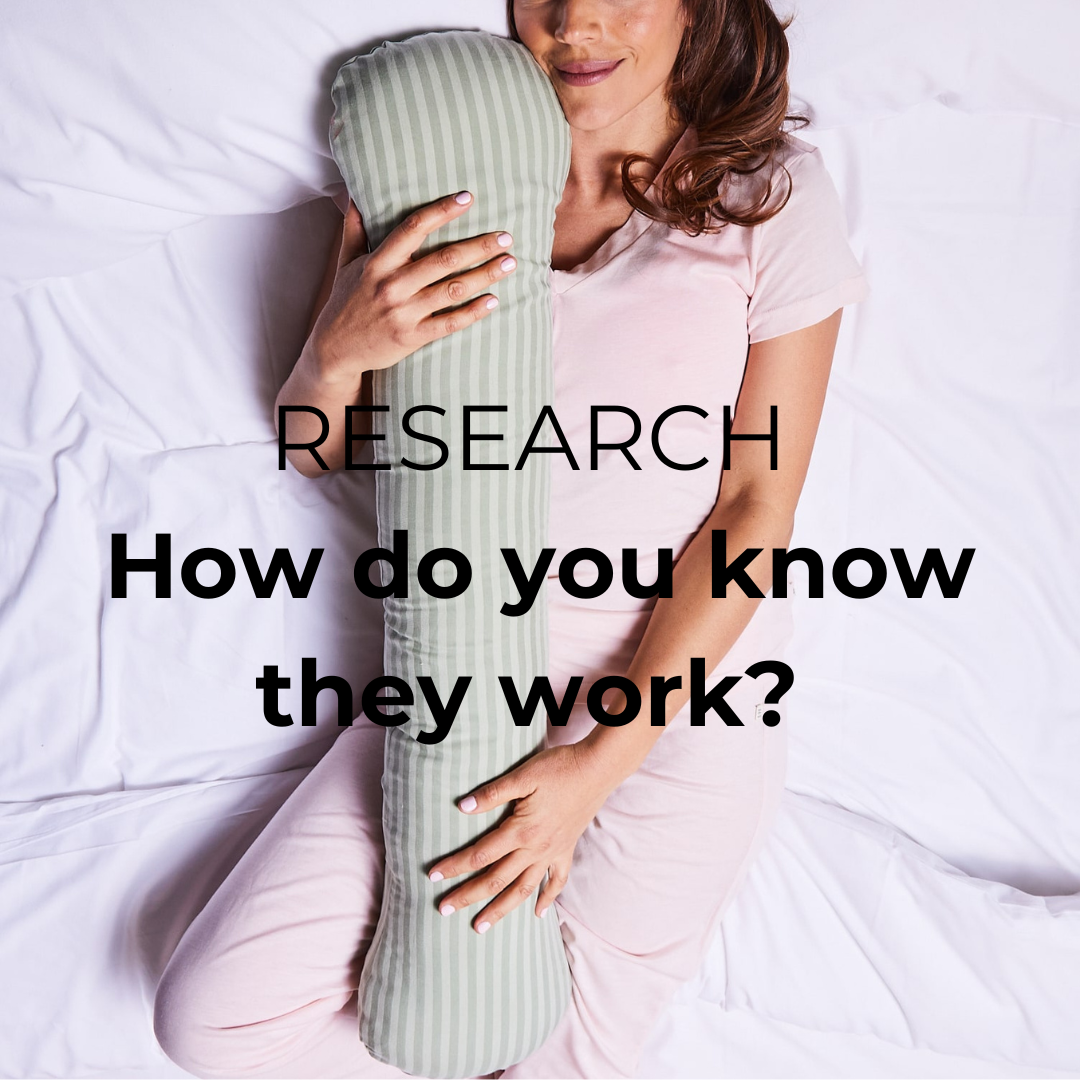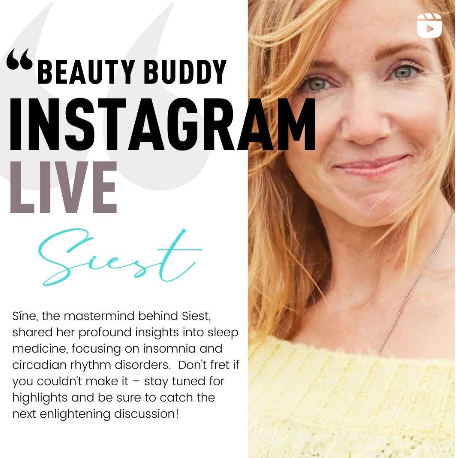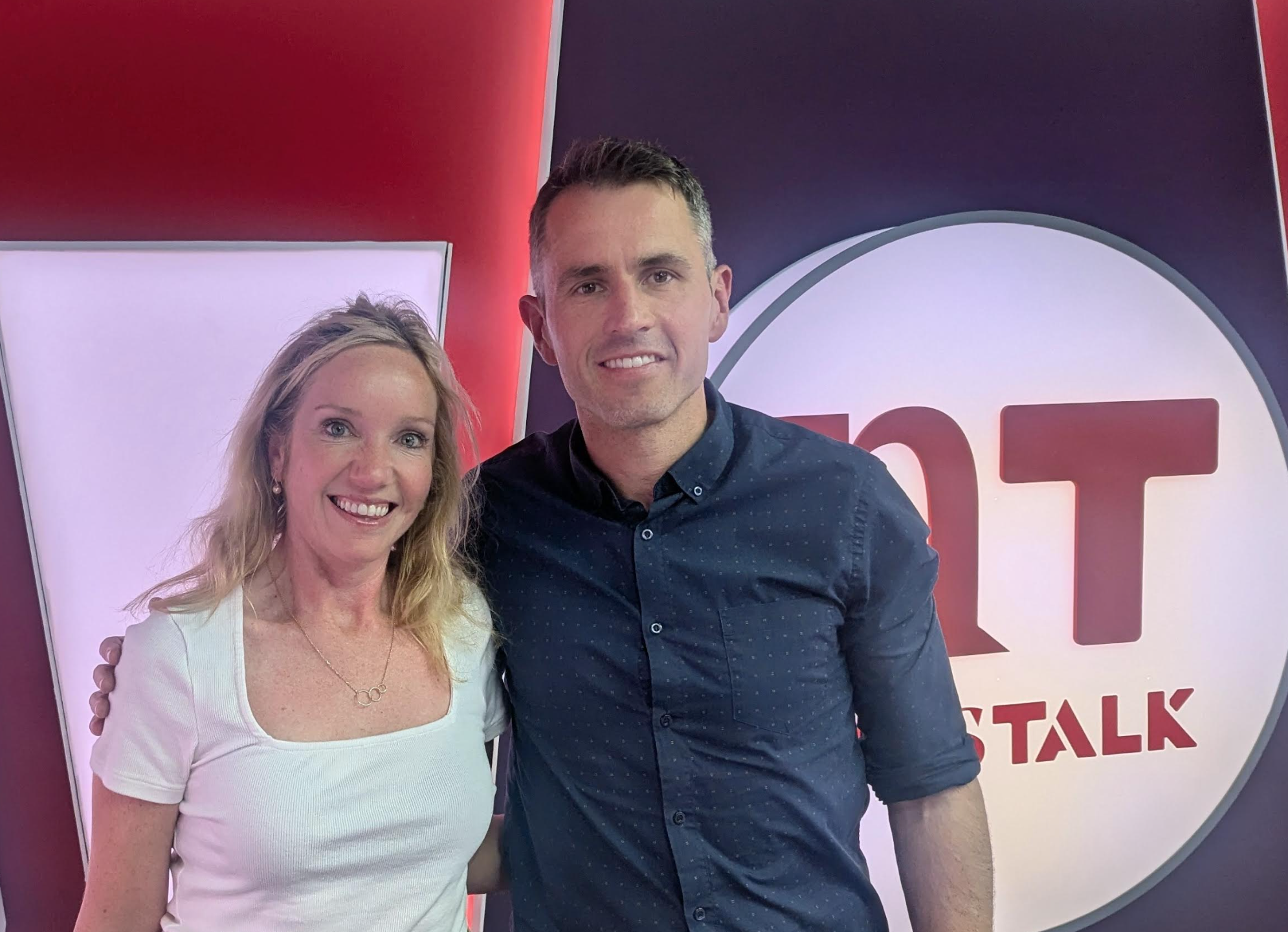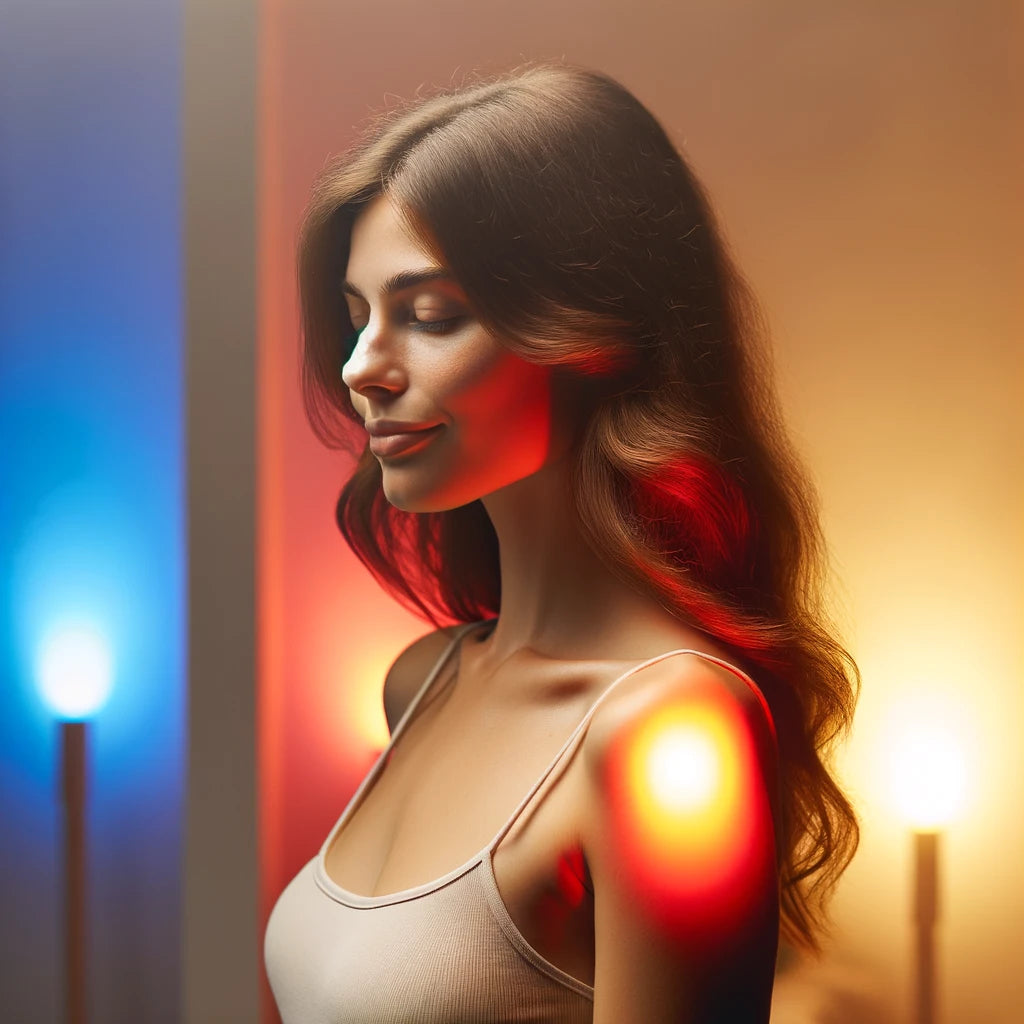Do the SiEST sleepers work? How do we know ?

Do our sleepers work? How do we know ?
In March 2022 we did the following study. Enterprise Ireland paid for the independent research of our products and we partnered with Trinity College Dublin.
The study conducted by Dr. K Cremin was a small pilot project lasting three weeks, focusing on children aged 10 to 15 with mild sensory and sleep challenges. Using a combination of questionnaires, sleep diaries, and qualitative feedback, the research highlighted several key insights:

KEY INSIGHTS
1. A 133% increase in the ability of children to fall asleep within 30 minutes. This means that the ability to fall asleep within 30 mins ( the recommended time, nearly doubled when children used the SiEST weighted Sleeper. This shows a substantial enhancement in sleep efficiency for the children in the study.
2. A 61.4% reduction in actual night awakenings, indicating a more continuous sleep.
3. All participants developed a positive sleep association with the pillow, shifting from negative bed and sleep feelings to increased comfort and restfulness.
4. Parents noted improved morning moods and engagement in their children.
5. Children described the pillow as comforting, leading to quicker sleep onset and fewer disruptions.
6. The study didn't restrict or control bedtime and waking times, emphasizing natural sleep patterns.
7. The design of the Siest Sleeper, a weighted pillow, was central to its effectiveness.
8. Feedback suggested a broader potential application for the Siest Sleeper in non-pharmacological sleep therapy.
9. The research pointed to the need for further studies with larger sample sizes and controlled conditions.
10. The overwhelmingly positive reception from both children and parents highlighted the potential of the Siest Sleeper as a valuable tool in managing sleep challenges among children.
The study conducted by Dr. K Cremin was a small pilot project lasting three weeks, focusing on children aged 10 to 15 with mild sensory and sleep challenges. Using a combination of questionnaires, sleep diaries, and qualitative feedback, the research highlighted several key insights: The study found significant improvements in sleep for the children involved. Specifically, there was a 133% increase in the ability for children to fall asleep within 30 minutes, and a 61.4% reduction in night awakenings. All participants developed a positive association with sleep due to the pillow, transitioning from negative feelings to increased comfort and restfulness. Parents and children both reported improvements, including better morning moods and a more restful sleep experience, highlighting the pillow's potential as a non-pharmacological therapeutic sleep aid.
Read more HERE



